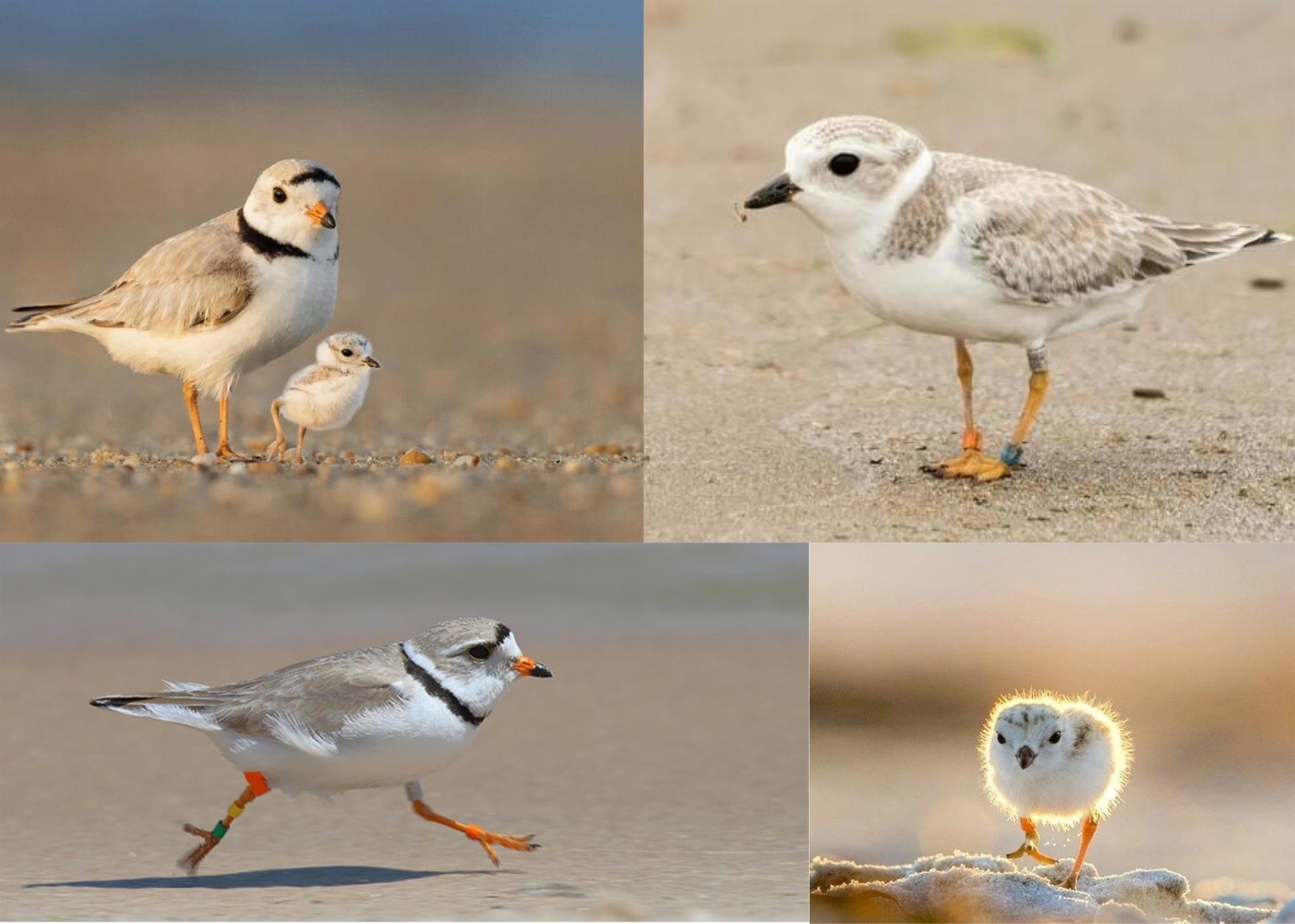Our Club had the pleasure of having Laura Bartlett – Nova Scotia Co-ordinator for Birds Canada Piping Plover Conservation Program, as a Speaker in late July.

Hatching and raising a family on the beach isn’t easy, even for well-camouflaged birds with feathers that blend into the landscape. The piping plover is a small sand-colored, shorebird that nests and feeds along coastal sand and gravel beaches in North American. Piping Plovers depend on dynamic, healthy coastal ecosystems. Their breeding habitat includes beaches and sand flats on the Atlantic coast. They forage for food on beaches, usually around the high tide wrack zone and along the water's edge. They eat mainly insects, marine worms and small crustaceans. Piping Plovers are presently globally threatened and endangered. Key challenges to the recovery of this small shorebird include habitat loss from coastal development, disturbances from recreational beach users, motorized vehicles, off-leash dogs, natural predators and climate change.
Piping Plovers in Nova Scotia, and southeastern New Brunswick are monitored, protected, and stewarded by volunteers and partners coordinating conservation efforts to help this species at risk. Great news this year for Nova Scotia is that nesting has increased slightly from last year. (from 45 pairs to 50 pairs).
Piping Plover Conservation Program in Nova Scotia is offering volunteer training for all who are interested in helping. Pre-registration is necessary and can be done through the Piping Plover Conservation in Nova Scotia Facebook page or by email at nsplover@gmail.com
Thank you, Laura, for giving us an insight into the plight of this beautiful little bird and we wish you continued success in your endeavours helping them off the record of being threatened and endangered
